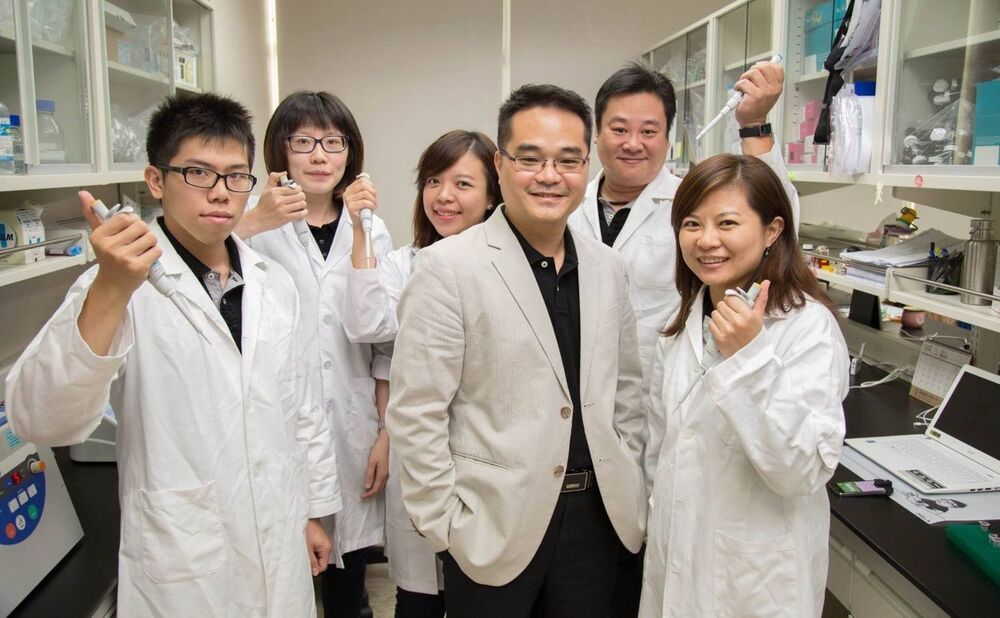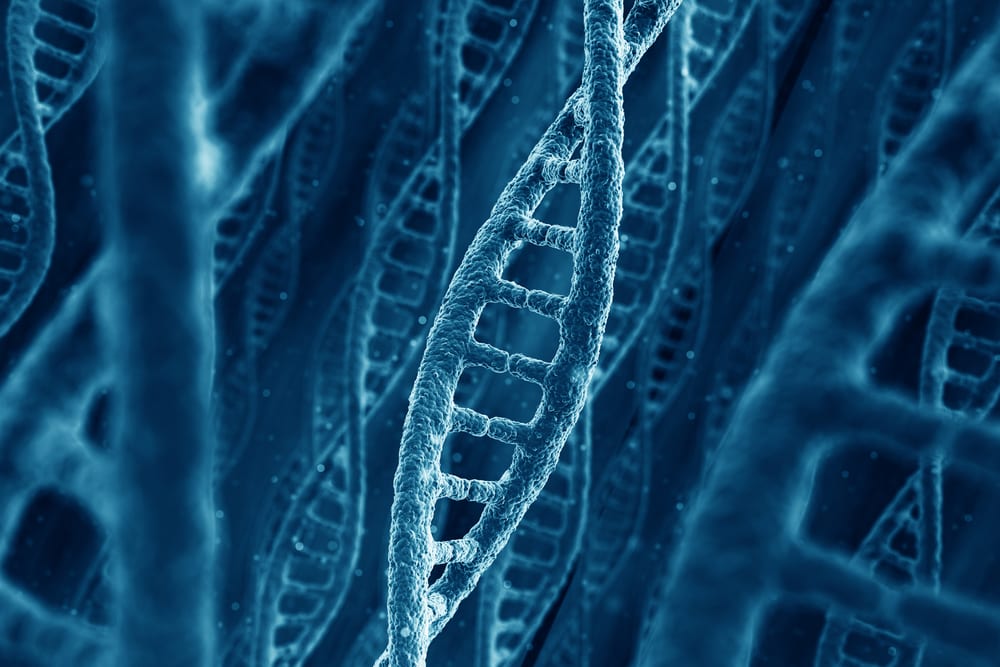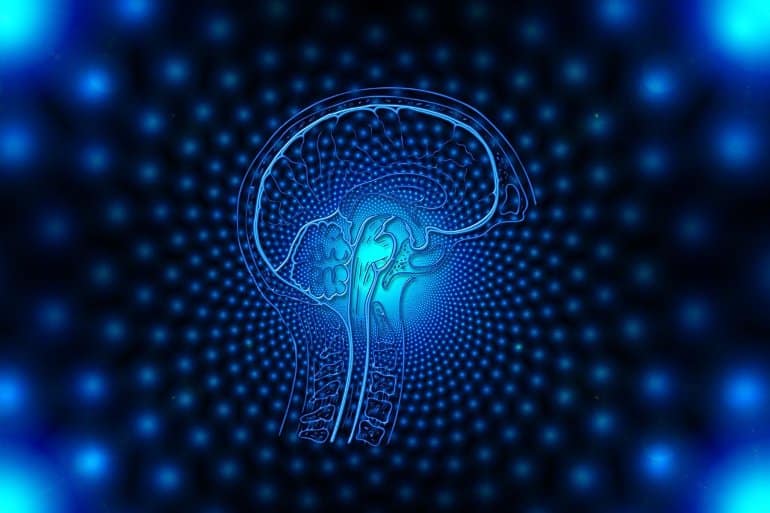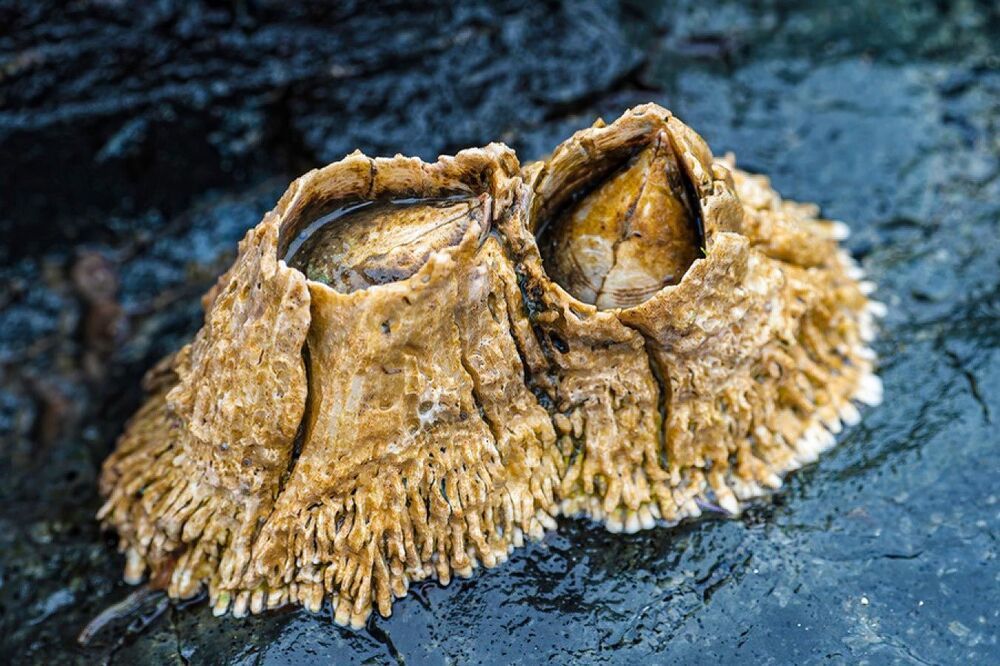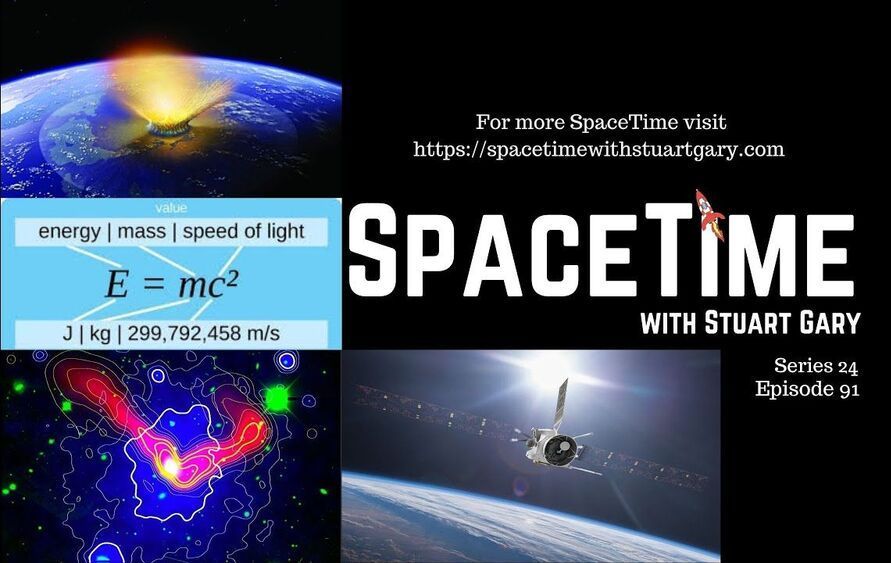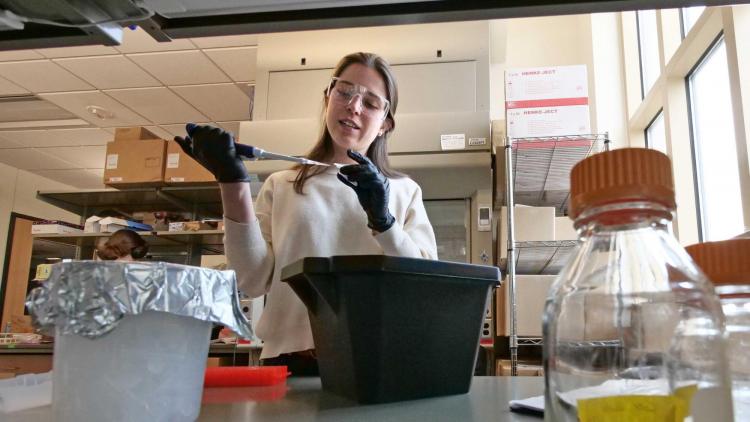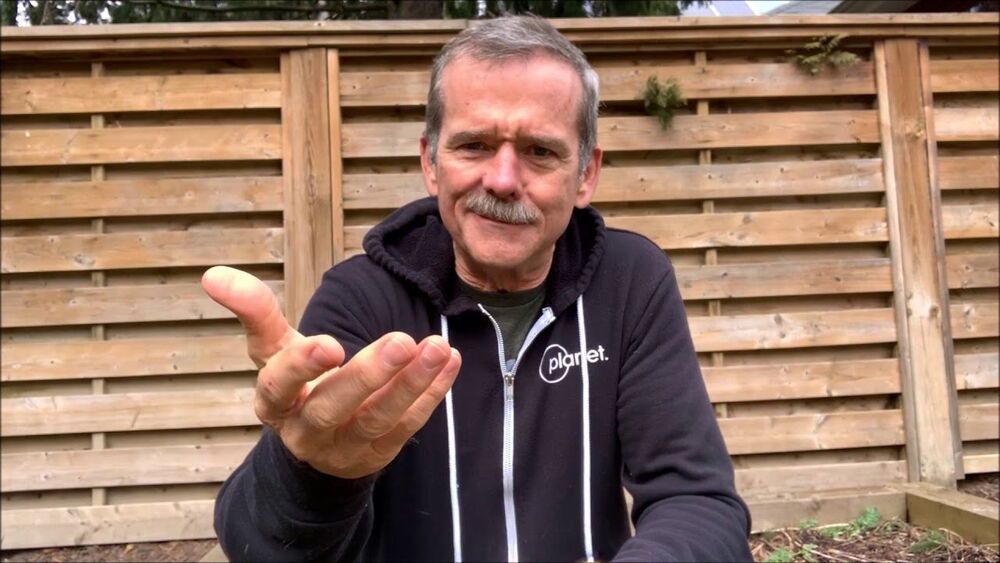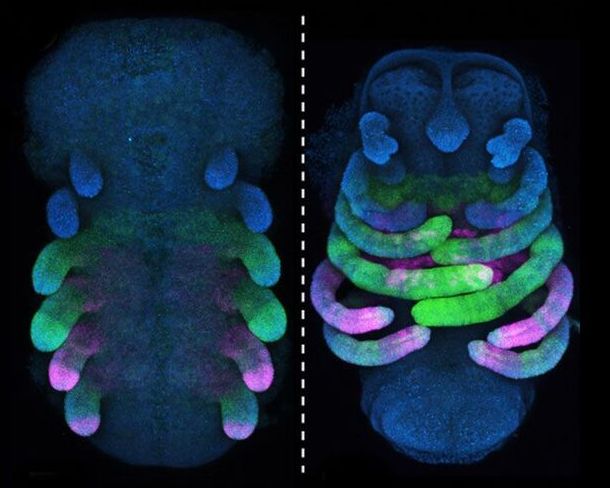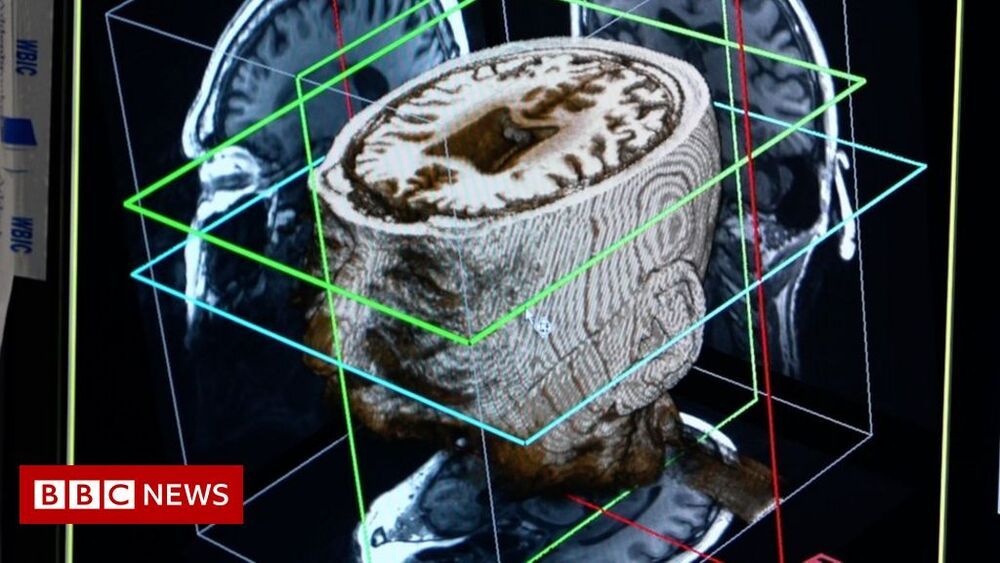Circa 2019
An add-on device for smartphones could replace blood glucose meters for measuring blood sugar. Blood sugar measurements are essential for diabetes patients who need to know their blood glucose concentration in order to regulate it with insulin. Failure to do so might result in complications from the disease. The device, designed by researchers in Taiwan, achieved 100% accuracy in a test with 20 blood samples from diabetes patients (J. Biomed. Opt. 10.1117/1.JBO.24.2.027002).
The researchers designed a compact device containing no electrical components that can be used in combination with a smartphone. The light from the smartphone’s display reflects onto the blood glucose test site (BGTS) inside the device, which contains a colorimetric test strip. The user adds a blood drop to the test strip, which is then assessed for a colour change using the phone’s front camera.
In this study, the blood drop was obtained from a vein, but the device is designed to work on drops extracted from the patient’s finger using a disposable lance that is then inserted into the device. The observed colour is split into its red, green and blue components. The researchers used the green component as an indicator of blood glucose concentration, as it could reliably distinguish the widest concentration range out of the three components.
